09/02/2023
How long does car maintenance take?
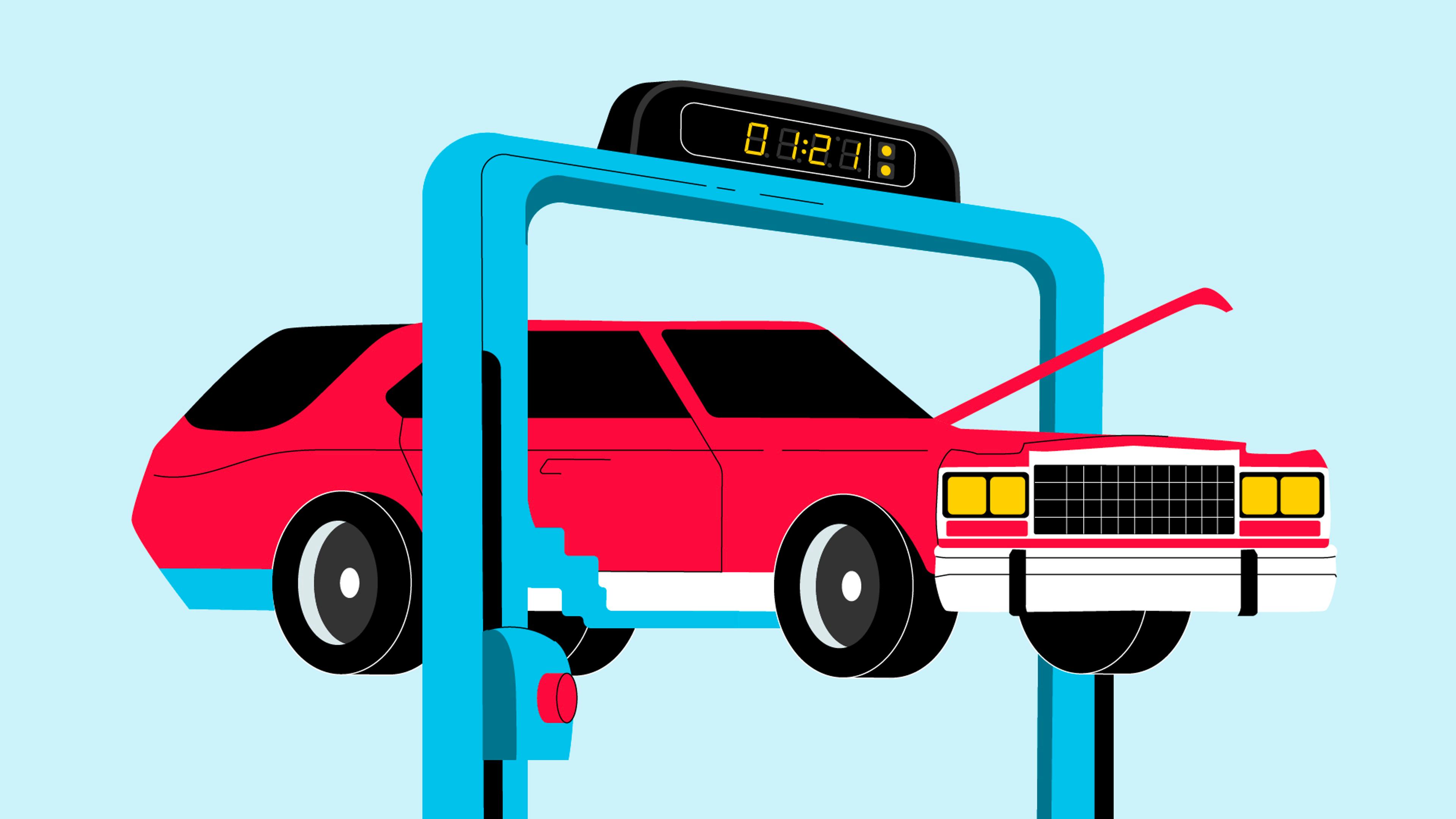
Every driver should know when it’s time to take their car for maintenance, so it runs without any problems. Depending on the issue, vehicle maintenance can take anywhere between minutes and hours if there's nothing wrong (and weeks if there is).
Here’s how to estimate the length of your car’s maintenance and plan your visit to the auto shop.

Looking for a reliable car?
A well-maintained and undamaged car is the most reliable! Check any VIN code to make sure you're not buying a wreck:
How long will it take to perform car maintenance?
Every vehicle should have a service book with past and upcoming maintenance work. If you’ve lost yours, check the owner’s manual for recommended maintenance intervals and plan upcoming maintenance by taking into account the current mileage and the last known service visit.
Car maintenance duration depending on the maintenance schedule
Cars are serviced dozens of times during their lifespan. However, some components require servicing more often, so you can predict the duration of maintenance depending on the maintenance schedule.
For example, you should change the oil and filters every 3,000-6,000 miles (5,000-10,000 km), while the timing belt and major brake system components should only be replaced every 60,000 miles (100,000 km).
What does a full service visit mean?
It may sound that a full service includes all possible maintenance works, but it’s really somewhere between an interim and major service visit.
Depending on the car, a full service visit covers up to 60-80 checks, including:
- Radiator and vacuum hose inspection
- Brake pad inspection
- Air and fuel filter replacement
- Suspension inspection
- Fluid top-ups
- Tire rotation
Most manufacturers recommend performing a full service every 12,000 miles (20,000 km) or 12 months, whichever comes first. It should take about 3-4 hours.
How long does tire rotation take?
Tire rotation usually takes up to an hour, unless the lug nuts or wheels are seized. During this procedure, an auto mechanic rotates the tires to prevent uneven wear.
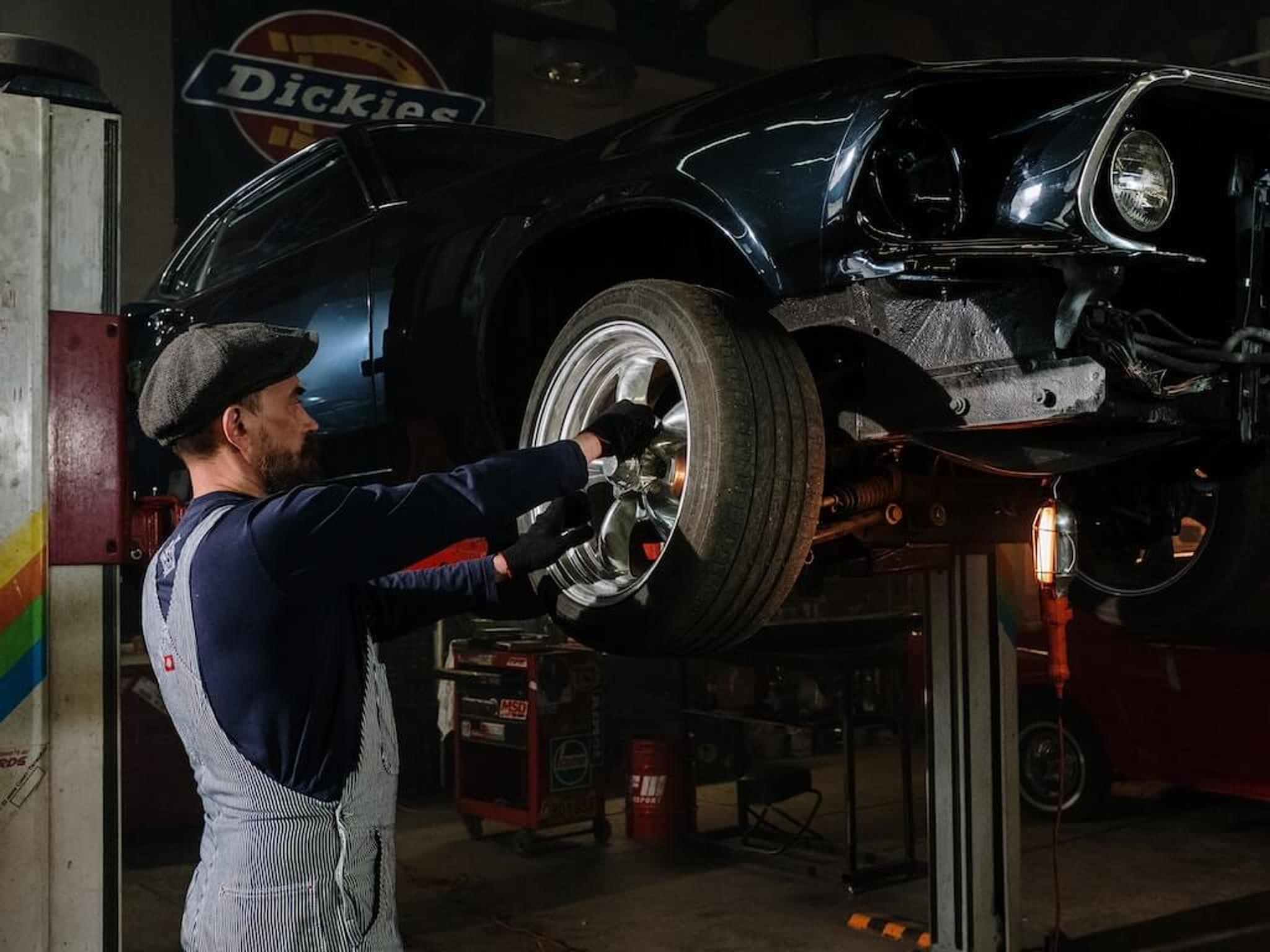
If you plan on rotating the tires yourself, you must know that the correct position of each tire depends on the tread pattern and a vehicle’s drivetrain type.
For example, directional tires can only be switched front-to-rear and must remain on the same side of a vehicle, while non-directional tires can be moved all around.
How long does it take to change the brakes?
A brake job can take from 15 minutes up to a full working day.
Changing the brake pads is the most common and quickest job, but a professional should also inspect other parts of the brake system. A quick brake change often takes longer because of corroded brake lines, seized calipers, or snapped bolts.
How long does an oil change take?
A professional auto mechanic can change the engine oil and the oil filter in about half an hour. The time may vary due to plastic covers and additional skid plates. Moreover, oil changes are slower in engines with flatter oil pans.
What is car maintenance, and why does your car need it?
Many people skip essential vehicle maintenance and visit auto shops mostly for necessary repairs, but this approach causes more damage than you may think. Cars tend to last longer and experience fewer problems when owners service them by following the manufacturer’s recommendations. But how does maintenance extend a vehicle’s longevity, and is it worth the hassle?
Car maintenance helps to avoid repairs by keeping various parts and systems in good condition. For instance, quality engine oil minimizes the wear of engine internals. Coolant flushing prevents clogging and corrosion inside radiators, while hose inspections reveal leaks early.
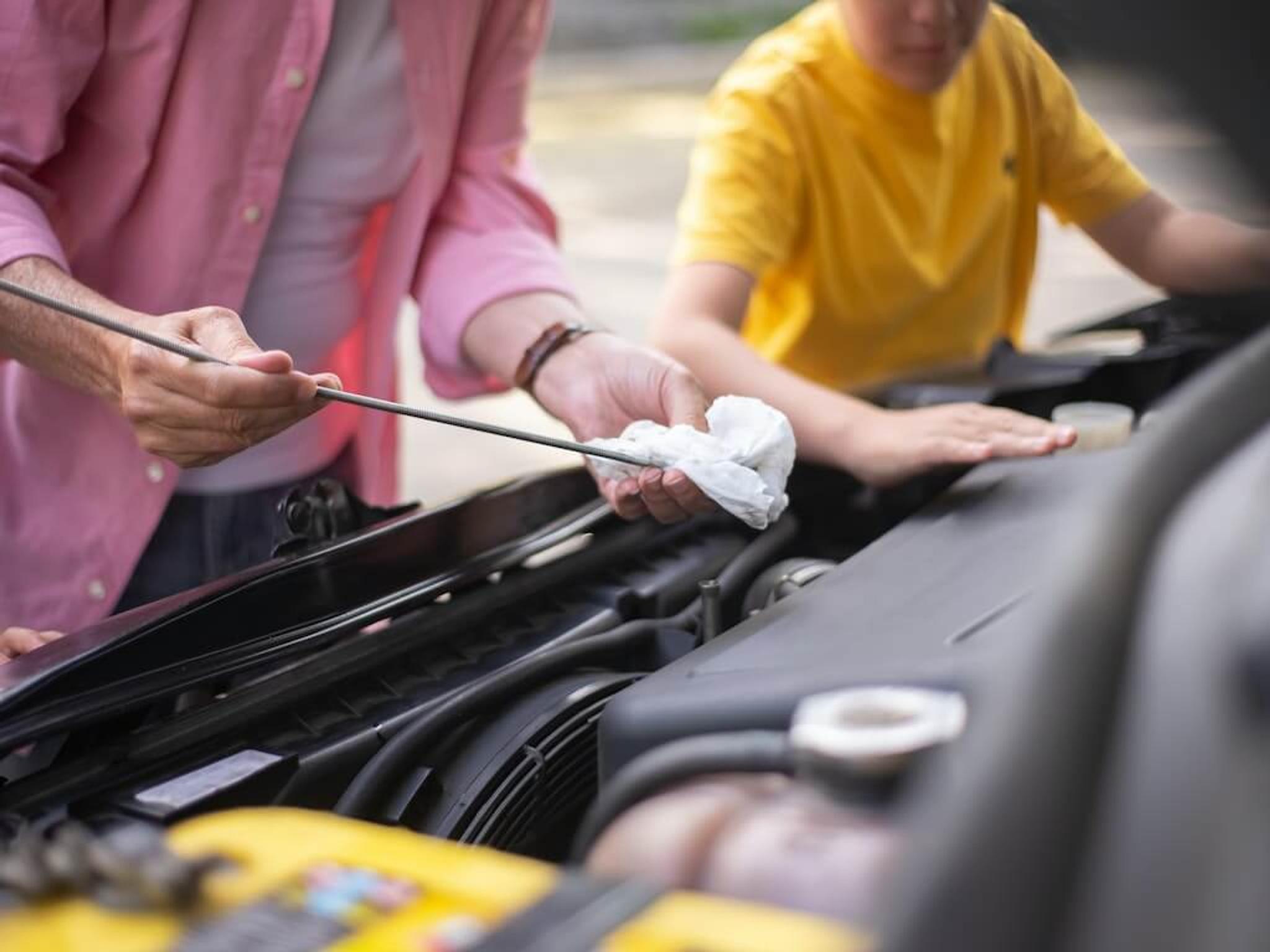
Regular car maintenance reveals various damages before they cause issues or affect your safety. This is especially common during a suspension inspection because worn bushings and joints loosen and negatively affect other suspension components and the handling.
Knowing what car maintenance is can also help when buying a used car, as its condition depends on past servicing. You should ask a seller what maintenance has been done and check if they have a service history record.
The maintenance cost can vary
Estimates say that 1 in 3 drivers can’t afford unexpected vehicle repairs. However, regular vehicle maintenance is much cheaper than fixing damages due to a lack of maintenance. Car maintenance cost can differ significantly, and depends on what needs to be done. Auto shops charge $20-$60 for an oil change but $300-$500 for a timing belt replacement.
How does a regular car maintenance visit differ from an MOT checkup?
Some drivers don’t know the difference between a regular car service and an MOT. While they’re both related to maintenance, their purposes and schedules differ.
What is MOT?
MOT stands for Ministry of Transport and is an annual visual inspection of vehicles at least 3 years old. It’s also a legal requirement in the United Kingdom to ensure a car is safe to drive and won’t cause any hazards to other road users.
Many other countries also have equivalents of MOT, known as roadworthiness test, technical check, or National Car Test (NCT). Test centers only inspect vehicles and don’t offer repairs.
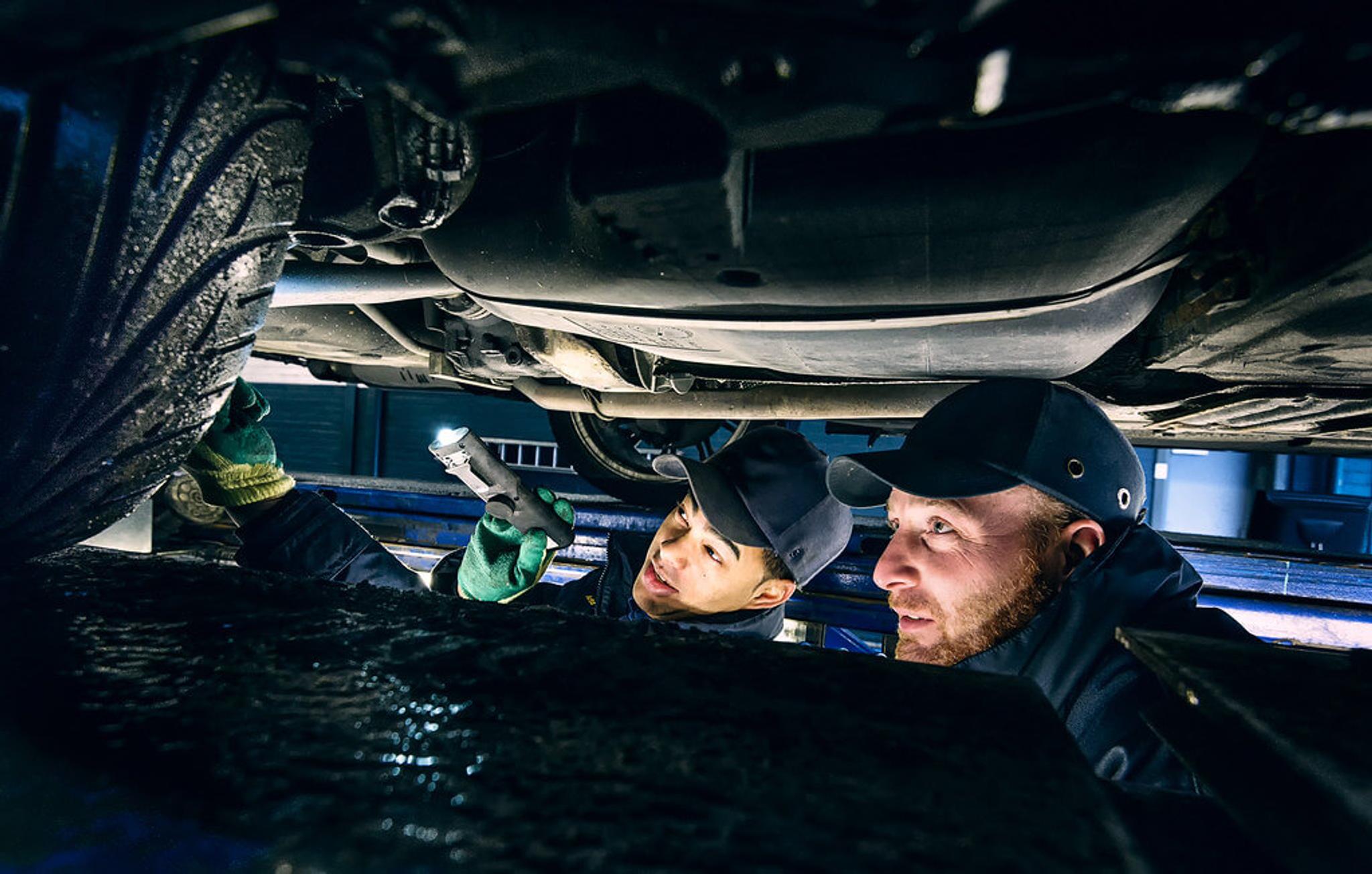
An MOT test is mostly focused on safety-related areas, so they don’t cover the general mechanical condition of a vehicle. These tests focus on tires, exterior lighting, fluids, mirrors, horn, and dashboard lights.
What is a vehicle inspection?
A general vehicle inspection is much more detailed than an MOT test. Each car manufacturer recommends optimal servicing intervals, but they aren’t required legally. Carried out by auto shops, these inspections include everything from checking tire pressure to reading fault codes.
Many auto shops also offer a pre-MOT service, which covers all areas checked during an MOT test.
Learn about MOTs and inspections from car history reports
Vehicle inspection centers, workshop networks, and dealerships usually store information on their databases and share them with vehicle history check companies such as us. A full vehicle history report can show previous MOT dates.
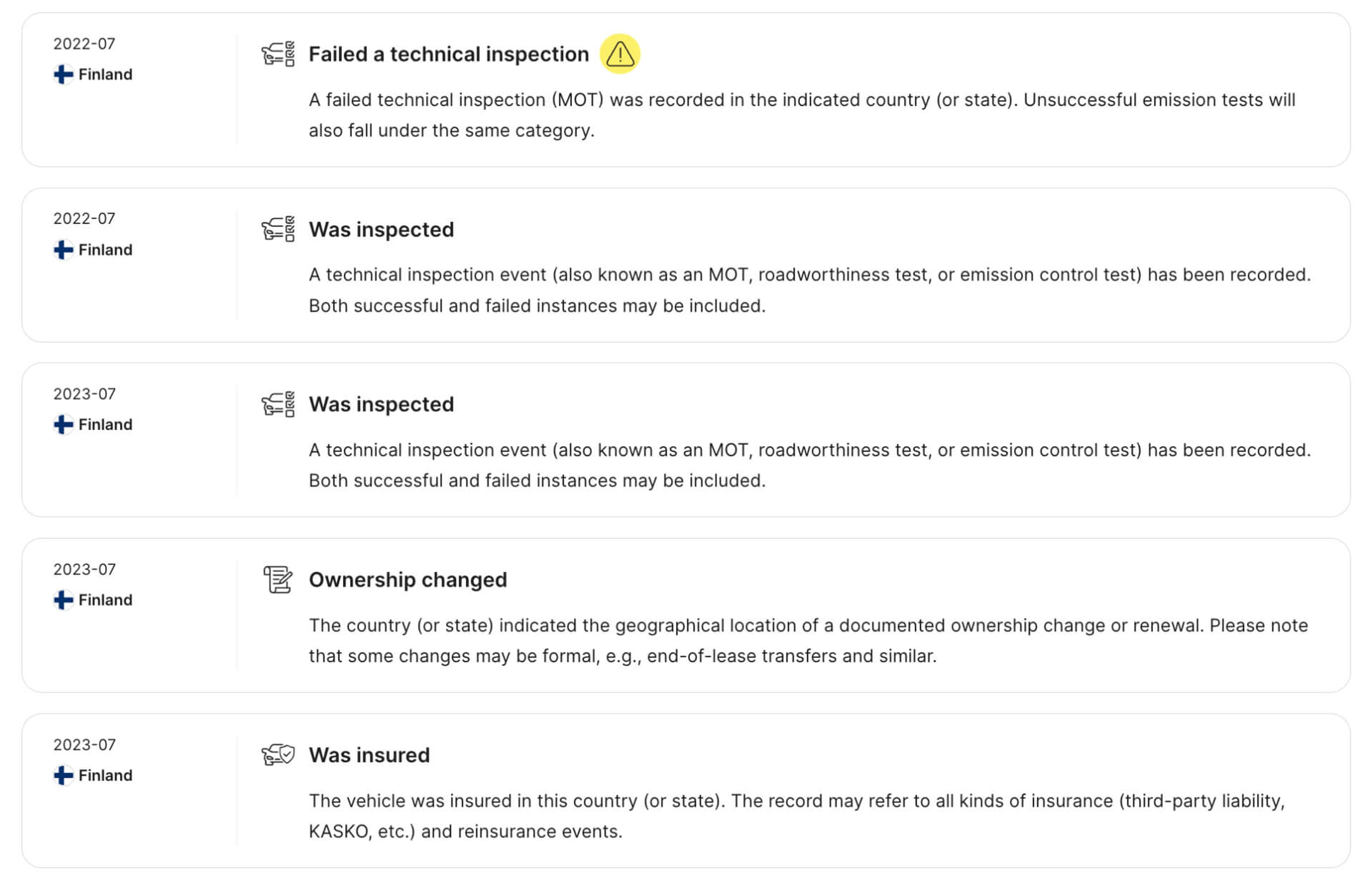
These records can reveal if a car hasn’t been used in years or needed multiple attempts to pass an MOT test. Paired with historical mileage and damage records, this data allows you to evaluate a car’s condition better.

Check your VIN
Avoid costly problems by checking a vehicle's history. Get a report instantly!
